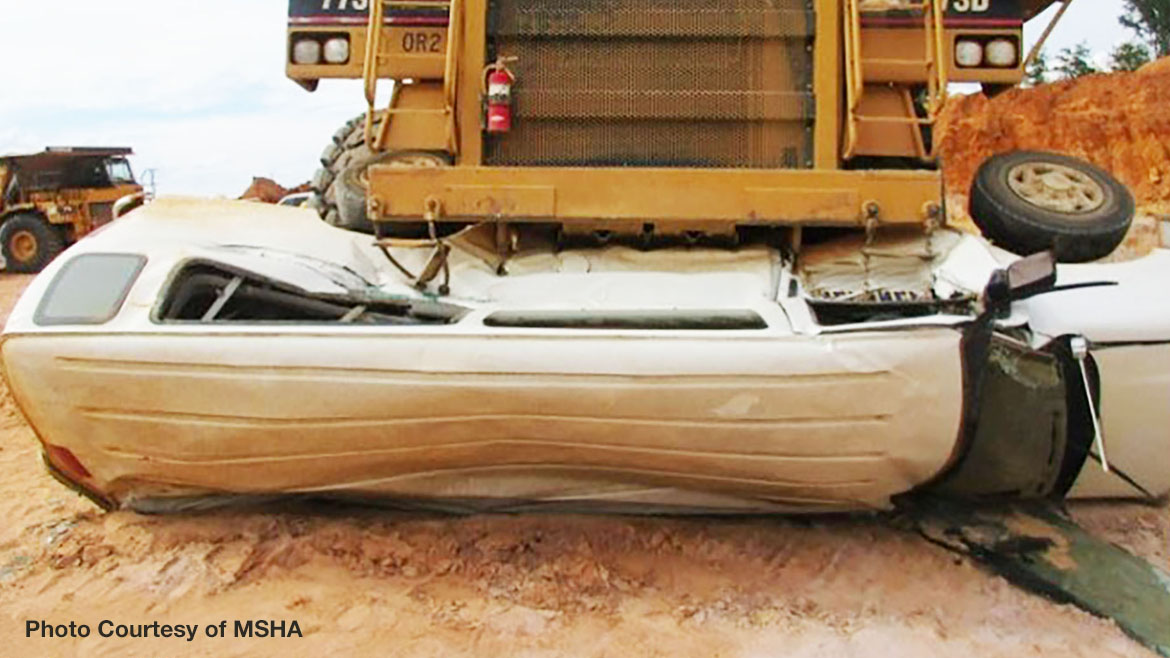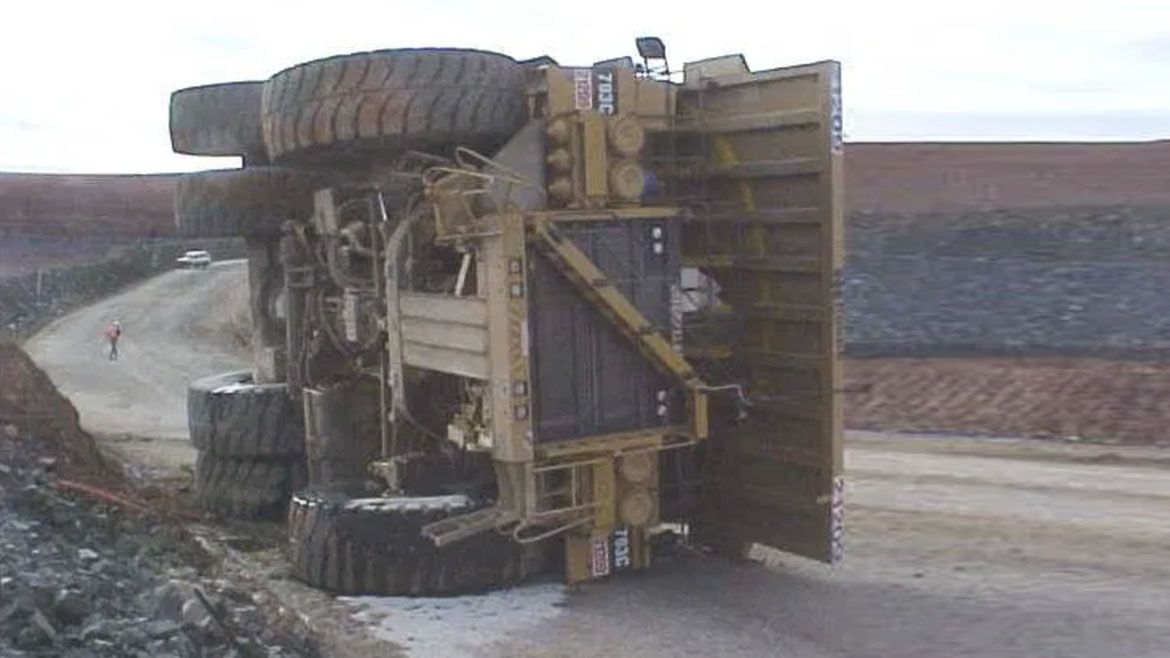
At Matrix, we utilize cutting-edge technology to help mines prioritize safety without compromising productivity. OmniPro® Vision AI, our advanced collision avoidance system, uses state-of-the-art visual artificial intelligence to detect pedestrians and equipment—and help prevent accidents before they happen.

The Hidden Costs of Mining Accidents
Mining accidents have always carried significant consequences, but the financial toll continues to climb—and sometimes in unexpected ways. Recently, the Mine Safety and Health Administration (MSHA) announced a 2.6% increase in civil penalties to adjust for inflation. For context, a willful violation now incurs a fine of $11,823, while the maximum penalty for a flagrant violation has surged to a staggering $332,376. These regular adjustments are expected as inflation rises, but what mines must truly brace for are the hidden, secondary costs of accidents.
The Toll of Mining Accidents
Take, for example, the Indigo River Mine*, which experienced a series of incidents, including a tragic fatality, just a few years ago. Penalties and scrutiny increased, since they met the criteria for an MSHA “Pattern of Violations.” However, the most devastating financial burden came from injury-related expenses. In the U.S., companies face an average cost of $42,000 per medically consulted injury and an extraordinary $1.34 million per fatality.
Additionally, indirect costs usually account for a majority of overall injury expenses and may be uninsured and unrecoverable. These include: benefits paid to injured workers for absences not covered by workers’ compensation; wage costs related to time lost through work stoppage; related overtime costs of other workers; administrative time; training costs for replacement workers and lost productivity.
For the Indigo River Mine, the direct costs were only the beginning. Insurance premiums for liability, workers’ compensation and business interruption skyrocketed, compounding the financial strain. With mining already classified as a high-risk industry, premiums are naturally higher than in other sectors, leaving mines more vulnerable to these financial hits.
Quantifying the True Cost of Injuries
How can your mine measure the full financial impact of an injury? The National Institute for Occupational Safety and Health (NIOSH) provides a useful resource: the Safety Pays in Mining tool. This online calculator helps companies estimate the total cost of workplace injuries and understand their effect on profitability. By identifying these costs, mines can make informed decisions about safety investments.
Proactive Solutions to Mitigate Risks
To reduce costs, premiums and incident risk, NIOSH recommends investing in safety protocols and technology. Additionally, as a key part of its Powered Haulage & Equipment Program, MSHA recommends that mines “identify currently available and newly emerging feasible technologies that enhance safety at the mine and evaluate whether to adopt them.”
How Matrix Technologies Can Help
At Matrix, we utilize cutting-edge technology to help mines prioritize safety without compromising productivity. OmniPro® Vision AI, our advanced collision avoidance system, uses state-of-the-art visual artificial intelligence to detect pedestrians and equipment—and help prevent accidents before they happen.
As a recipient of both the 2024 OH&S New Product of the Year Award and the NIOSH Mine Safety and Health Technology Innovations Award, OmniPro delivers a revolutionary mine safety solution. Designed for easy implementation, this cost-effective system eliminates the need for location devices or tags, providing seamless integration into your mine’s safety operations.
Matrix is a pioneer in the development of proximity detection for mines and offers a wide selection of mining safety equipment.
Click here to learn more about OmniPro Vision AI for mining operations.
*example presented is a composite scenario derived from multiple real-world mines and safety incidents
